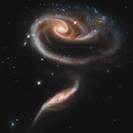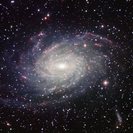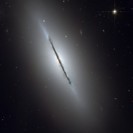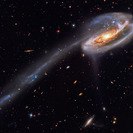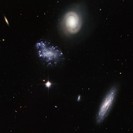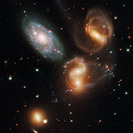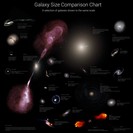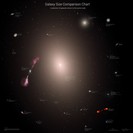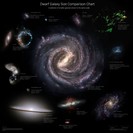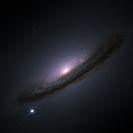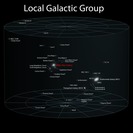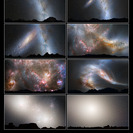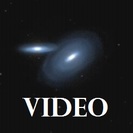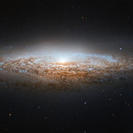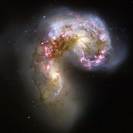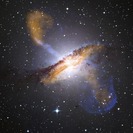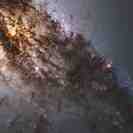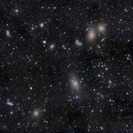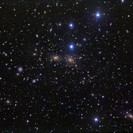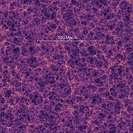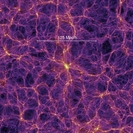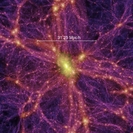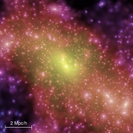This is the future of our galaxy. In about 3 to 4 billion years we will start our merger with the Andromeda Galaxy and after a billion years of merging we'll become a huge elliptical galaxy. During this process there will be no real collisions between stars since the distances between the stars are so big. Consider the Sun being the size of a grapefruit (15 cm). The Earth would be the size of a pinhead (a little more than 1 mm) and this pinhead would orbit around the grapefruit at a distance of 16 m. If you want to place another grapefruit that represents the nearest star to our Sun (Proxima Centauri) in this model where would you place it? About 4300 km (or 2700 miles) away. So, even if two galaxies collide you can imagine that it's not very probable that two stars will collide.
But what will happen to our Solar System? We can't answer this question yet. Calculations show that we have a 50% chance that we will orbit around the new galaxy centre three times further away than we are now from the centre of the Milky Way. But there is also a 12% chance that the whole Solar System will be completely kicked out of the new galaxy. Well, since the Sun will be starting its last phase of life, the Earth will anyhow become a hostile place where we can no longer live. So, if we want to survive, we will have to find another planet in the habitable zone on which to settle. But don't worry, there are more than enough of these... about 10 billion even just in our Milky Way!
If you are interested in how this process will look in the future as seen from Earth you can have a look at our Milky Way-Andromeda collision image.

